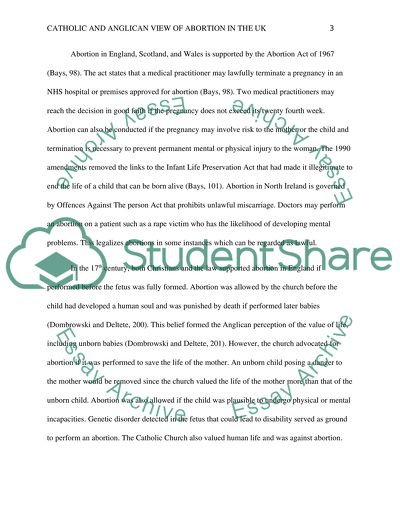Cite this document
(“Catholic and Anglican View of Abortion in the UK Essay”, n.d.)
Catholic and Anglican View of Abortion in the UK Essay. Retrieved from https://studentshare.org/sociology/1402696-abortion-an-understanding-of-the-religious-and
Catholic and Anglican View of Abortion in the UK Essay. Retrieved from https://studentshare.org/sociology/1402696-abortion-an-understanding-of-the-religious-and
(Catholic and Anglican View of Abortion in the UK Essay)
Catholic and Anglican View of Abortion in the UK Essay. https://studentshare.org/sociology/1402696-abortion-an-understanding-of-the-religious-and.
Catholic and Anglican View of Abortion in the UK Essay. https://studentshare.org/sociology/1402696-abortion-an-understanding-of-the-religious-and.
“Catholic and Anglican View of Abortion in the UK Essay”, n.d. https://studentshare.org/sociology/1402696-abortion-an-understanding-of-the-religious-and.


